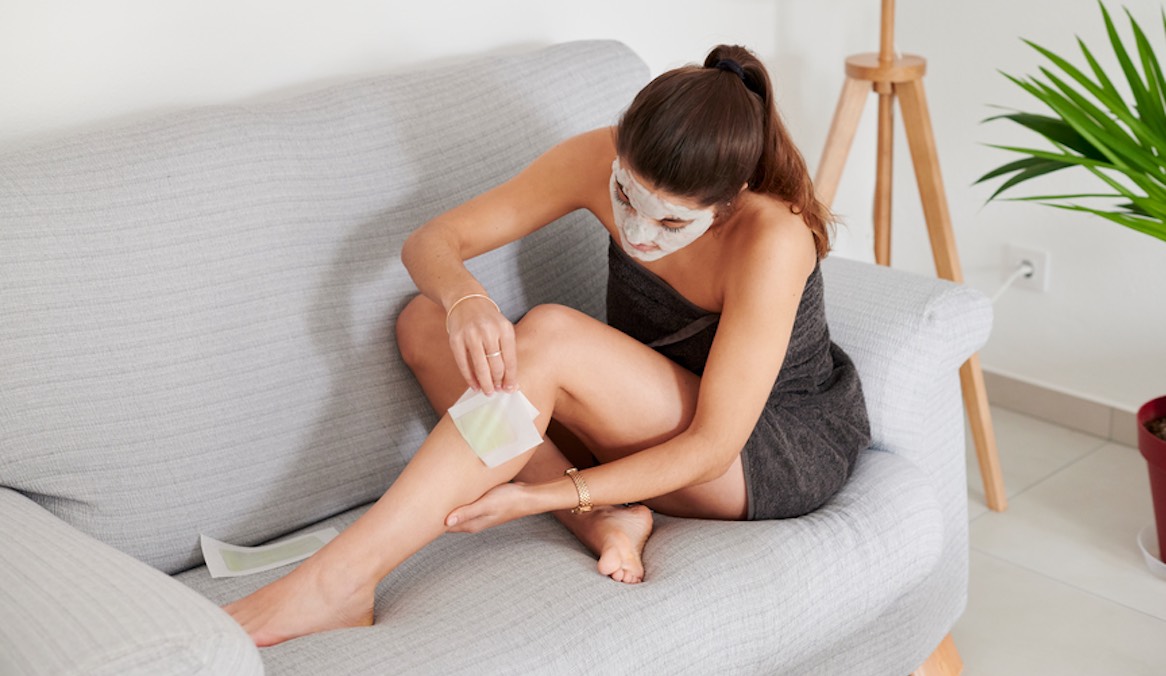With the days getting warmer and warmer, those of us who shave, tweeze, or wax away unwanted hair are primed to make a few hair-removal mistakes. But to save us from a summer of red and bumpy skin, we asked dermatologists and an esthetician to share the most common slip-ups they see so we know to do the opposite. Get all of their tips below.
6 common hair-removal mistakes to avoid
1. Not holding skin taunt while tweezing
Lynn McKinley-Grant, MD, a board-certified dermatologist in Washington, DC, isn’t a huge fan of tweezing because there’s a lot of room for user error. If you are going to pluck, she says you should ensure you’re holding down the skin right next to the hair you want to remove before pulling it out.
- Caren Campbell, MD, board-certified dermatologist in Northern California
- Lynn McKinley-Grant, MD, board-certified dermatologist in Washington, DC
- Tiffany Clay, MD, board-certified dermatologist based in Atlanta
“The hair follicle goes down as deep into fat in your skin. So if you hold the skin taut, it makes it a thinner space for it to come out of as you move the fat out of the way,” she says. This makes removing the whole hair easier and causes less skin trauma, which can lead to scarring. “Tweezing incorrectly can cause severe scarring. So waxing is better.”
2. Forgetting to stop retinoids or alpha-hydroxy acids (AHAs) before waxing
But! If you are going to wax, you’ll want to plan ahead. Ingredients like retinoids and AHAs help your skin clear away dead cells so fresh new skin can glow unobstructed. However, this makes the skin more sensitive and allows a wax strip to remove more than just hair.
“Retinoids decrease the thickness of the stratum corneum which is the outermost layer of the skin,” explains Tiffany L. Clay, MD, a board-certified dermatologist in Atlanta. “If you are missing some of this protective layer, your skin may be damaged by the waxing process. You may get a burn, or the wax may tear some of the skin off, which can lead to scarring.”
You can still use these ingredients if you wax as long as you stop using retinoids seven days before your appointment and AHAs two to five days before your appointment.
3. Shaving against the grain
“While you get a closer shave when you shave against the grain, it’s better to shave in the direction the hair is growing to prevent razor bumps, burns, and decrease the likelihood of ingrown hairs,” says Caren Campbell, MD, a board-certified dermatologist in Northern California.
However, figuring out the direction of your hair growth is tricky to discern if you have curly hair. “For some patients with curly hair, you can determine the direction when the hair is wet, and it is always best to shave when the hair is wet,” says Dr. Campbell. “You can always trim the hair with scissors rather than shaving if you are unable to tell.”
4. Waxing in the wrong direction
Just like shaving, you want to take the direction of hair growth into your waxing equation, explains Natalie Ismiel, brand expert and ambassador at Nad’s. She says you should apply wax in the direction of hair growth, then pull the strips or hard wax in the opposite direction for the best results. “Make sure that you hold the skin very taut, then pull the wax off in the opposite direction, which ensures that the hair is lifted swiftly and comfortably at the root,” she says.
5. Not changing your razor blade often enough
“Make sure you replace the blade every few shaves (five shaves or so) as the duller the blade, the more likely your skin is to become irritated,” says Dr. Campbell.
6. Skipping post-hair removal moisturizer
After you remove hair, you want to soothe and comfort your skin. “While the skin is still moist, applying a light facial moisturizer or cream to the body can help lock in moisture,” says Dr. Campbell.
Watch our senior beauty editor learn all about at-home hair removal:
